
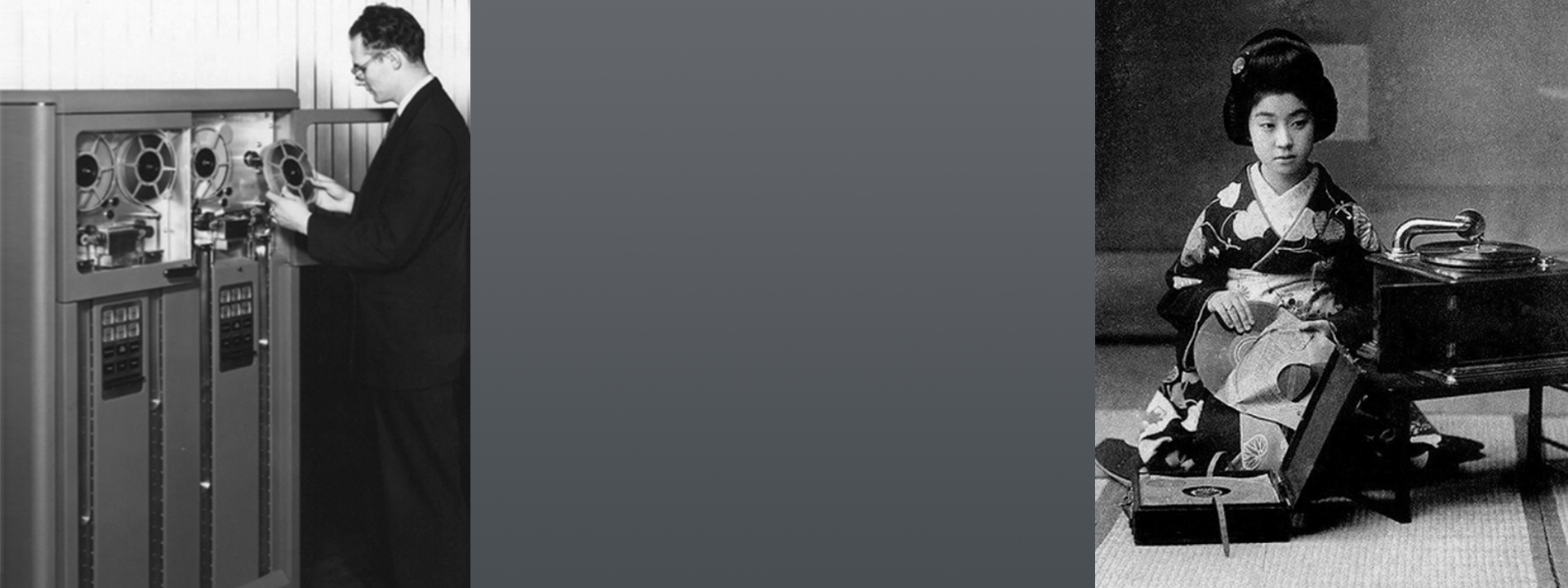
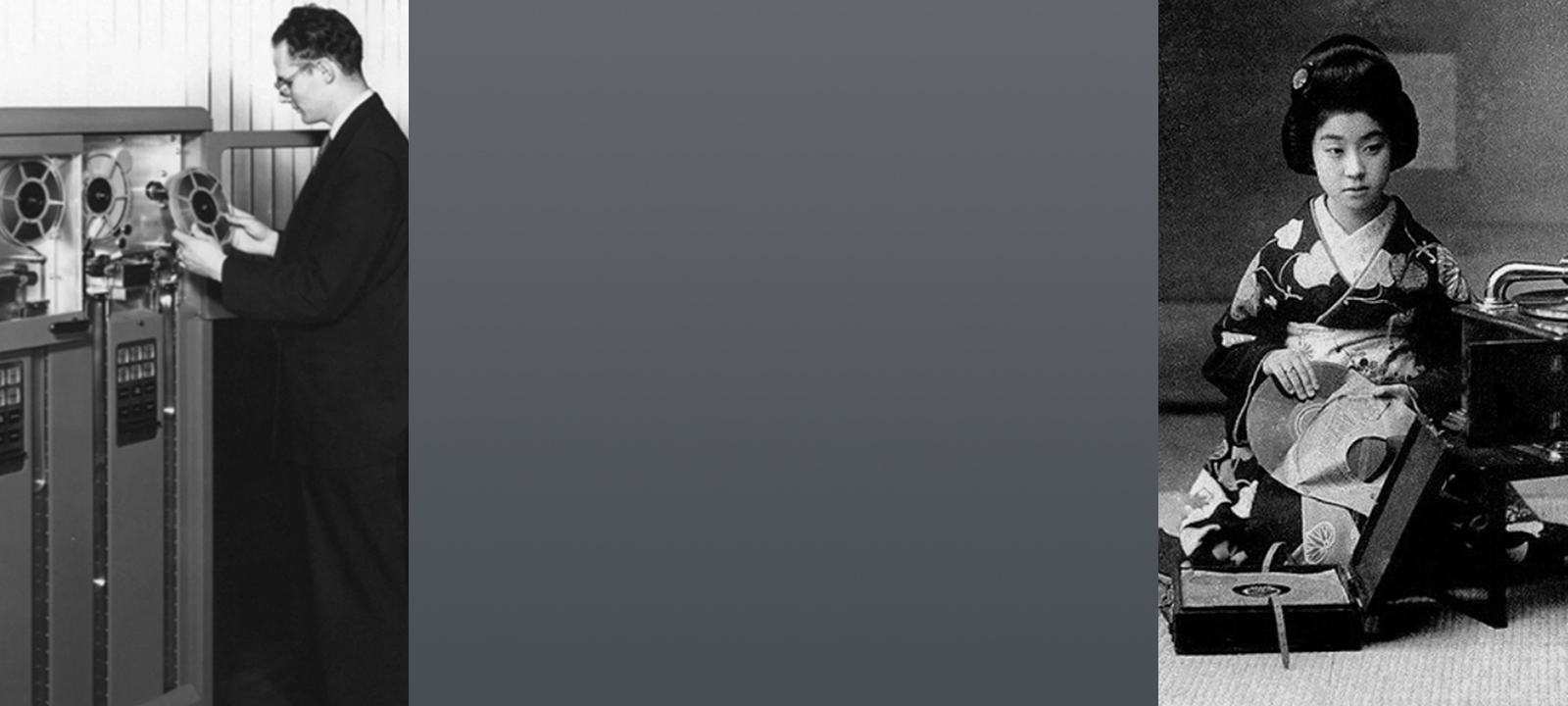
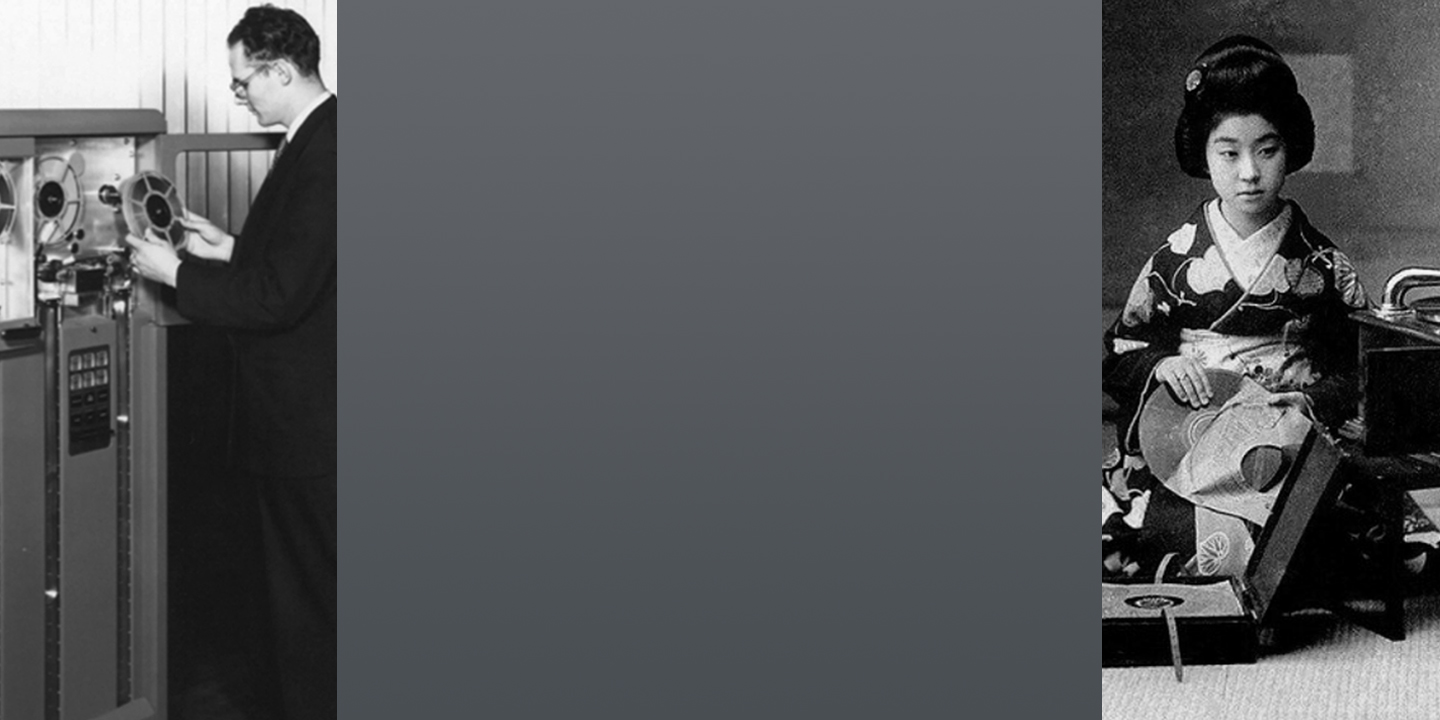
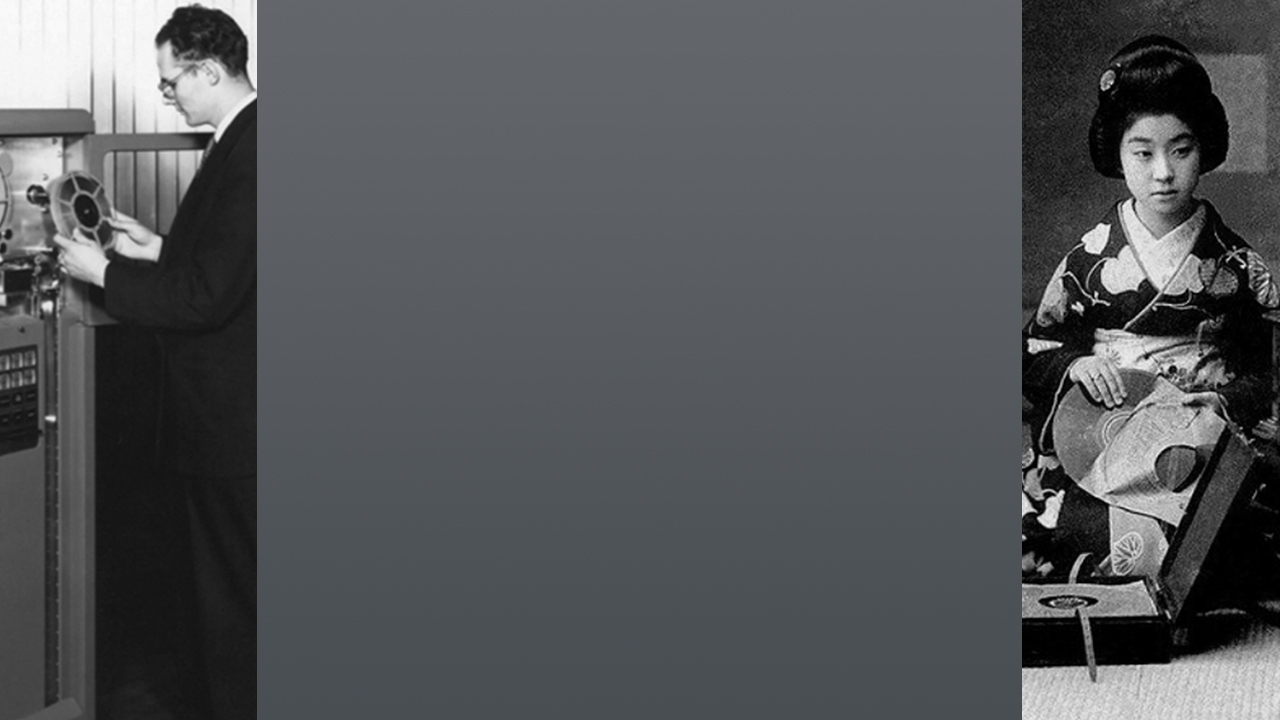
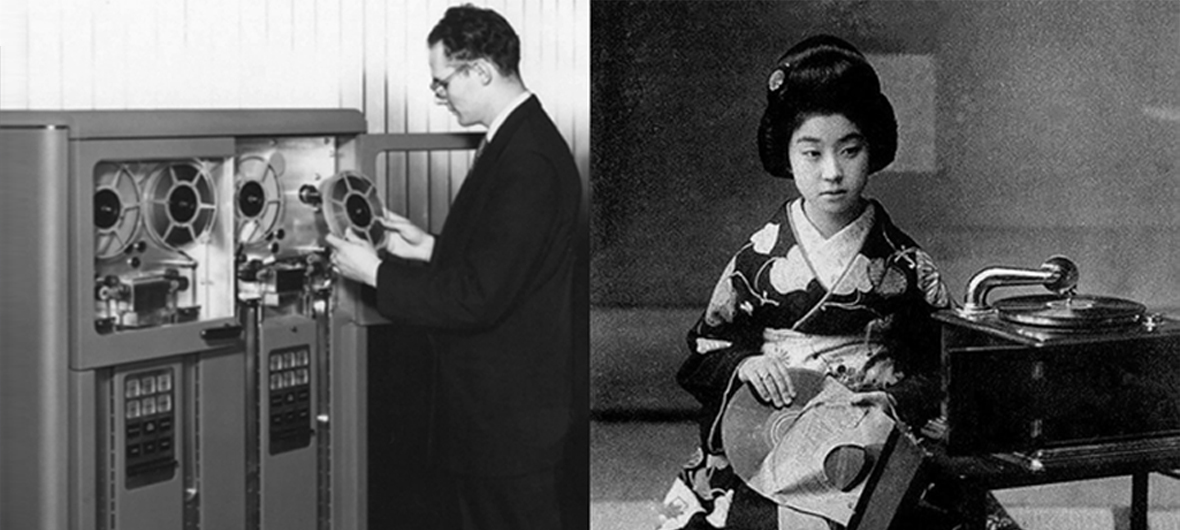
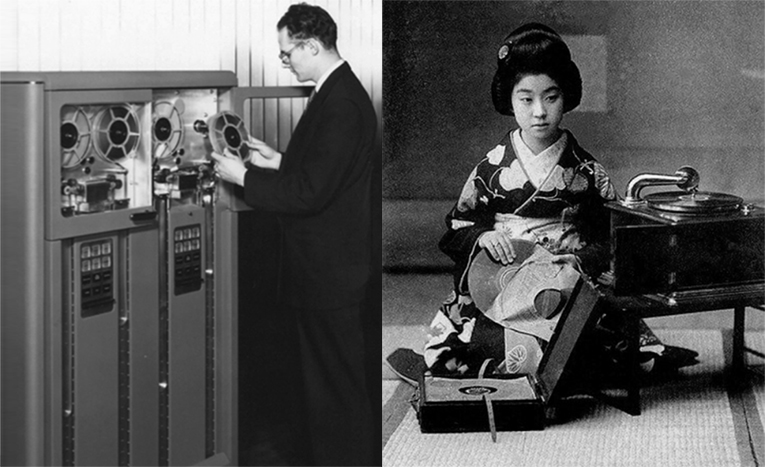
Humans have stored information in physical artifacts for over 30,000 years, using everything from notches in bones to ink on paper. But in the 10th century, the invention of a roller organ with interchangeable barrels introduced a radical innovation: the insertion of mechanism between information and its experience. For the first time a medium required a device to fully recover what it stored.
Removable media—to borrow a term from the computer industry—unleashed undreamt-of possibilities: recorded music, three-dimensional images, moving pictures, programmable machinery. Our world filled with gramophone records, movies, punch cards, 8-tracks, floppy disks and video cassettes. They entertained us, recorded our history and ran our machines. Moreover, as objects that could be held in the hand, they acquired personal and cultural significance in themselves.
The physicality of such media remains compelling—as the continuing market for vinyl records attests—but the broader trend is towards the abstraction of information storage. Network-based media, for which the means of storage is distant and irrelevant, are overtaking discs, reels, cards and cartridges.
This collection of some 1700 objects is presented in an attempt to communicate the beauty, ingenuity and cultural significance of these media, along with the stories of innovation, failure and success they embody.
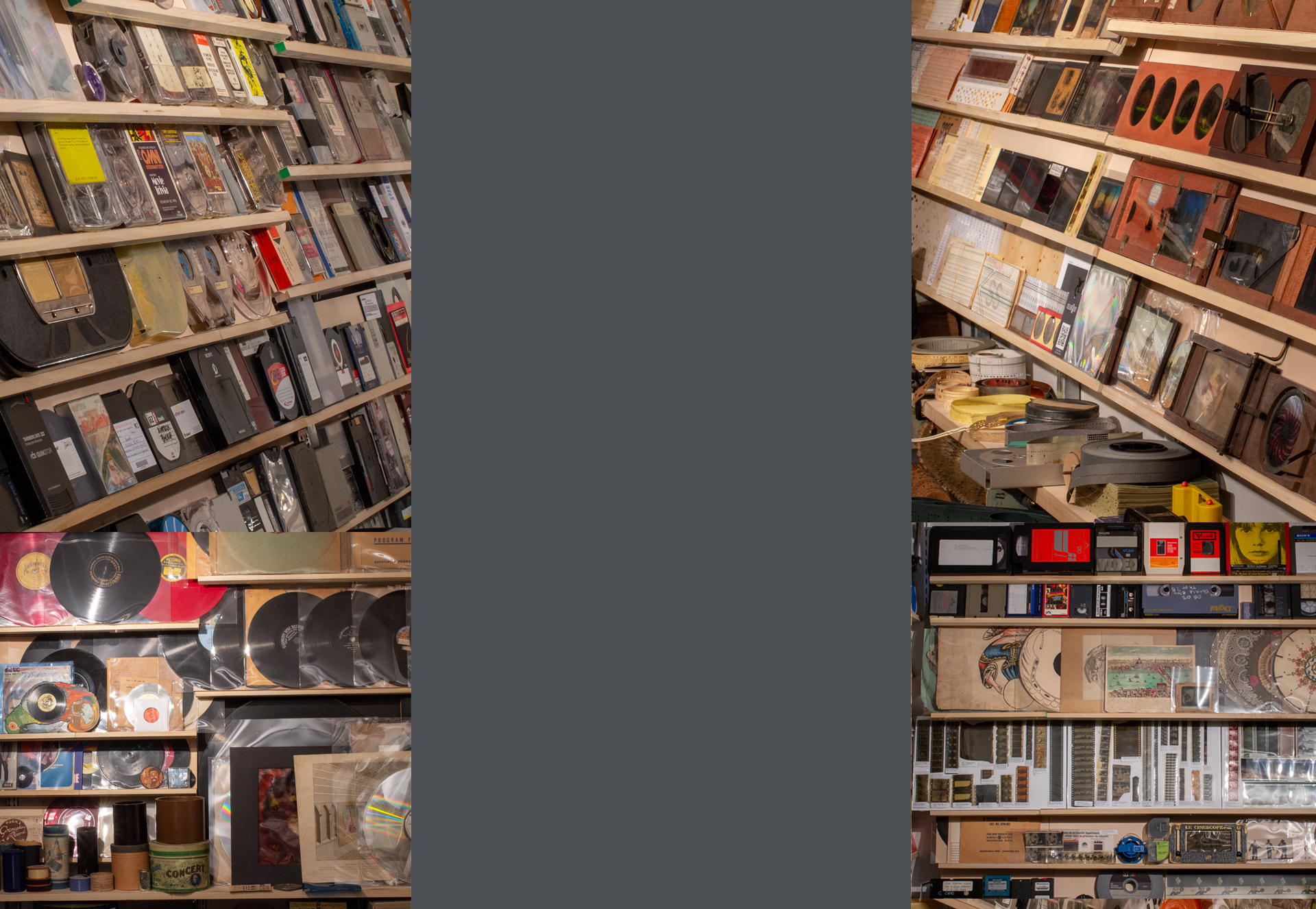
In 2001, while rooting around in the back of a desk drawer, I found a computer tape cassette from the late 1980s. I knew what it contained: an archive of computer-generated images from grad school, the product of late nights and weekends in the computer lab. The tape drive that could read it was long gone. I held the data representing those images literally in my hand, but it was locked away in metal and plastic. I became obsessed with the idea of media that, unlike books or paintings, held information that could be extracted only through the intervention of a device.
I am a collector. Therefore, that obsession turned into a collection. But I’m interested in more than filling gaps on a shelf. These objects are an entry into hundreds of years of technological and cultural history. Their content expresses all the great themes of history: work, religion, art, war, sex, gender, race, business, entertainment. Some are beautiful, some clever, some simply perplexing. Assembled in one place, connections are revealed and the process of innovation begins to emerge.
The definitions bounding this collection are somewhat loose. The device required to extract information from the medium may be as simple as a pair of 3D glasses. The content needn’t be completely hidden—it’s possible to hold a slide up to the light and view it with the naked eye—but a device is required to experience that content as intended. The media are removable in the sense that they can be transported and stored independently of the device. Most of the objects here were commercially available, if only for a few weeks, though a few are prototypes that never left the lab. In the spirit of the original inspiration for the collection, I look for items that have been used and contain content.
I can’t end this without mentioning The Museum of Obsolete Media. Its curator, Jason Curtis, has for years maintained an extremely valuable website documenting a collection of similar scope, which is referenced often on the web. I should also mention science fiction writer Bruce Sterling's Dead Media Project, active from 1995 to 2001, which includes many of the media here, along with a variety of other obscure and fascinating information storage and communication technologies. Finally, there is a well-established research program at MIT called the Tangible Media Group. They do groundbreaking work, but use "tangible media" in a different sense than I do and there is no relationship between this site and the MIT group.
Unless otherwise noted images are from my collection and are licensed under a Creative Commons Attribution-NonCommercial 4.0 International License.
Comments and corrections are most welcome. I can be contacted at TangibleMediaCollection@gmail.com.